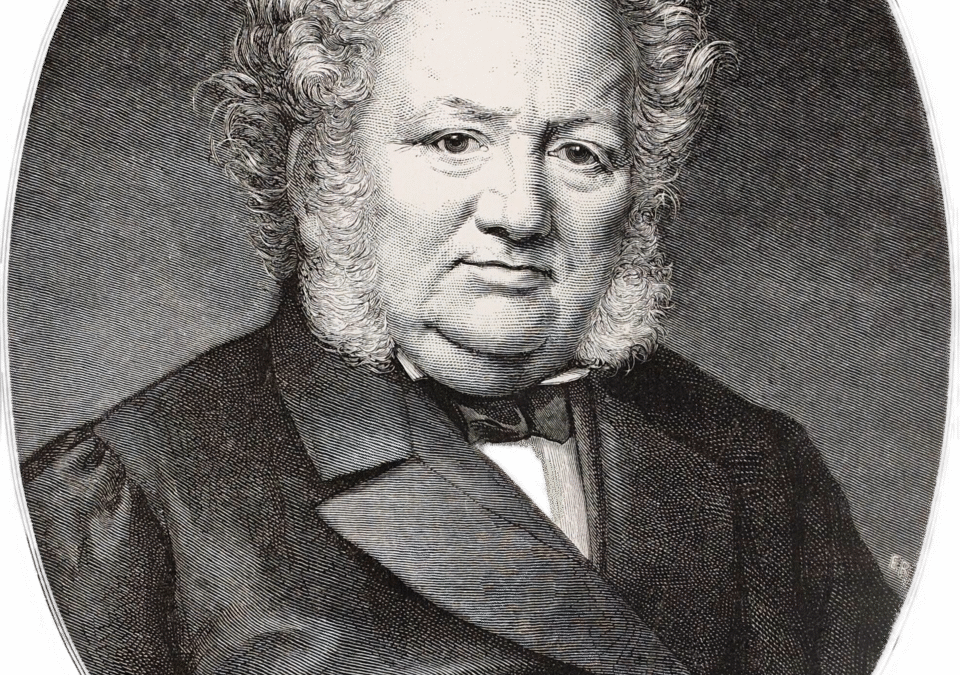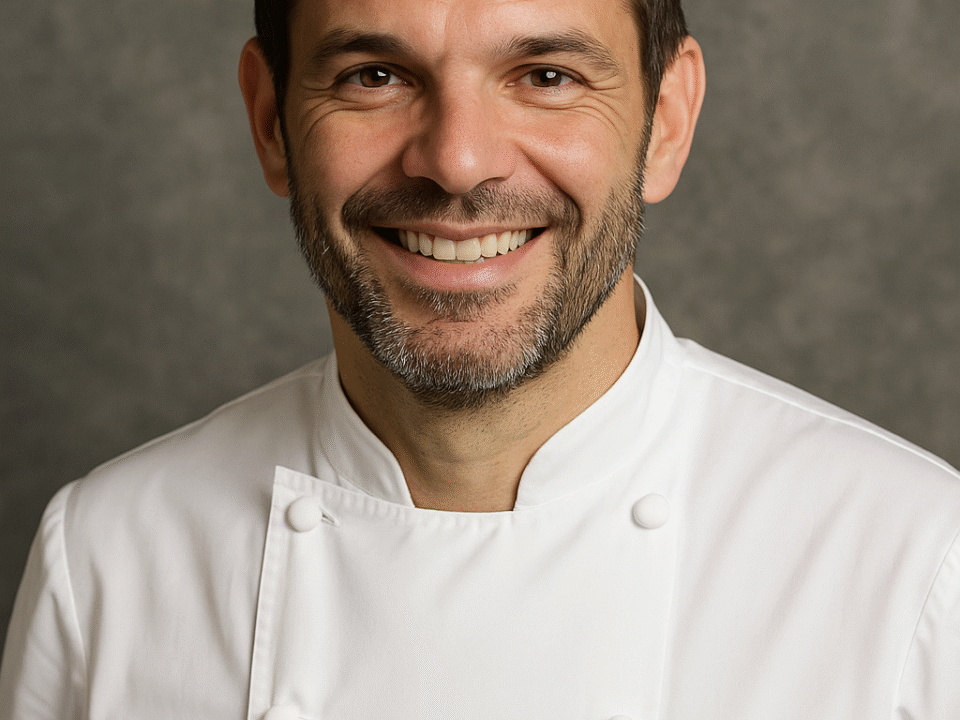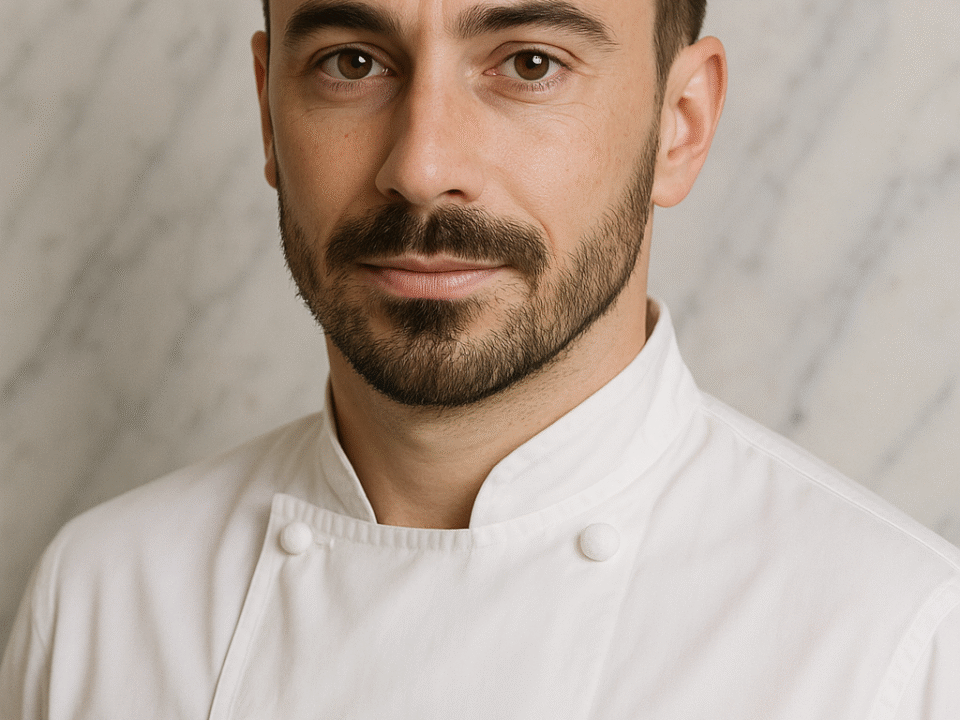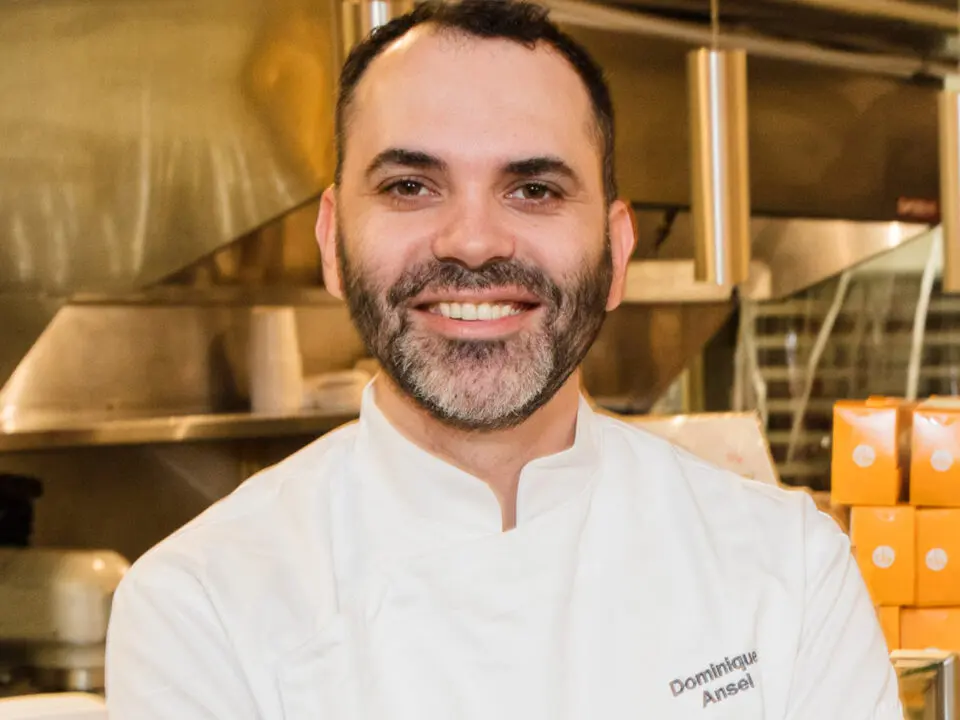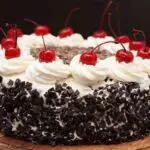
Black Forest Cake ( Germany)
August 18, 2025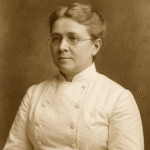
Fanny Farmer
August 26, 2025A Parisian Beginning and the Making of a Maestro
Imagine Paris in the early 1800s. That’s where Jules Gouffé entered the world—in the heart of the city’s 4th arrondissement—and into the hands of a devoted pastry‑chef father. From his very first years, Gouffé was learning the hum of the kitchen, the art of sugar work, and the rhythm of dough under careful attention.
He was still a teenager—barely 16—when he caught the eye of the great Antonin Carême, who happened to marvel at young Gouffé’s early pastry creations. That chance moment gave him seven years of training under one of the greatest culinary masters of the age. It shaped not just his technique, but his sense of the edible as art.
And then, in 1840, Gouffé took to the stage of his kitchen, opening a pâtisserie on rue du Faubourg‑Saint‑Honoré. It thrived. Later, he ran the kitchens of the Jockey‑Club de Paris, the most exclusive tables in the city, answering invitations from the likes of Alexandre Dumas and other well‑heeled friends.
The Creations That Became His Signature
There’s no single ‘eponymous cake’ tied to Gouffé, but his genius lay in how he presented pastry as a visual story. Each of his pièces montées—towering, intricate sugar and pastry sculptures—was a narrative, a journey of taste and texture. He set a standard for artistic dessert presentation, creating works that weren’t just pastries; they were edible displays that carried the weight of craftsmanship and precision.
Even more signature were his books—Le Livre de Cuisine (1867) and Le Livre de Pâtisserie (1873)—richly illustrated, and complete with exacting instructions. He insisted that recipes speak in clocks and scales, not vague measures. That clarity, combined with his unparalleled artistic flair, became his hallmark.
Why He Still Matters: A Living Legacy
Gouffé earned the nickname l’apôtre de la cuisine décorative, or the apostle of decorative cooking, and it suits him. This title reflects his pioneering approach to cooking, which emphasized visual composition and precision. His clarity, his devotion to visual composition, his insistence that cooking be taught precisely—all of it was ahead of its time, lifting cooking from guesswork to craft.
His books spread beyond French borders—translated by his brother—and became cornerstones for chefs and home cooks alike. Even today, curious writers like Hervé This in molecular gastronomy and chefs like Bernard Loiseau acknowledge his influence, a clear sign of the enduring impact of his work.
He passed away in Neuilly‑sur‑Seine in 1877, but he left behind more than recipes. He left us with the idea that dessert can touch the soul, with layers of beauty and structure that you can taste—and a way to teach cooking that values both precision and passion.
Wrap-Up Thoughts
With Gouffé, you sense a pastry chef who baked with his heart and taught with his mind. He married art and science. He believed that a recipe should guide you precisely, so the result would mean as much on the plate as the path it took to get there.
If you’re curious, I’d love to show you how Gouffé’s clarity inspires our modern pastry—drop me a line any time.
— Ash
